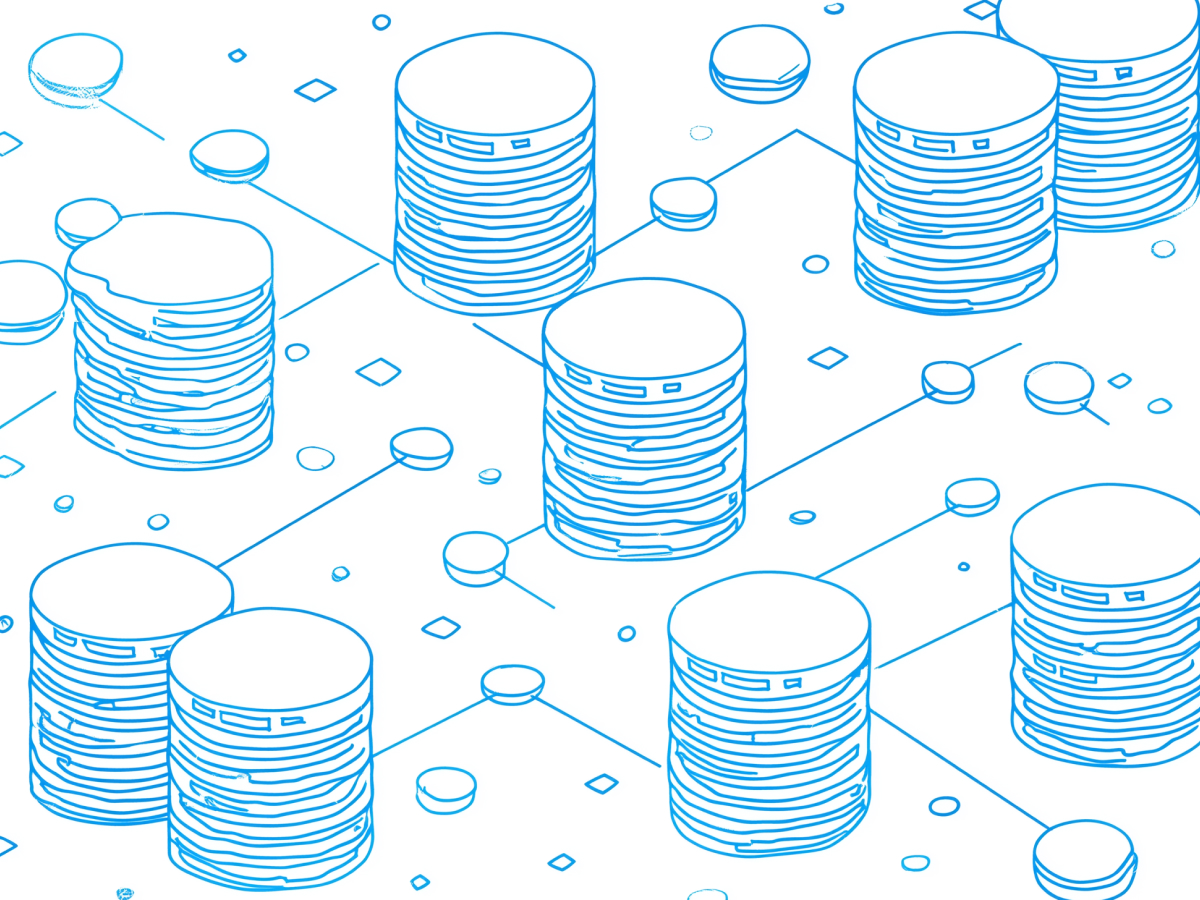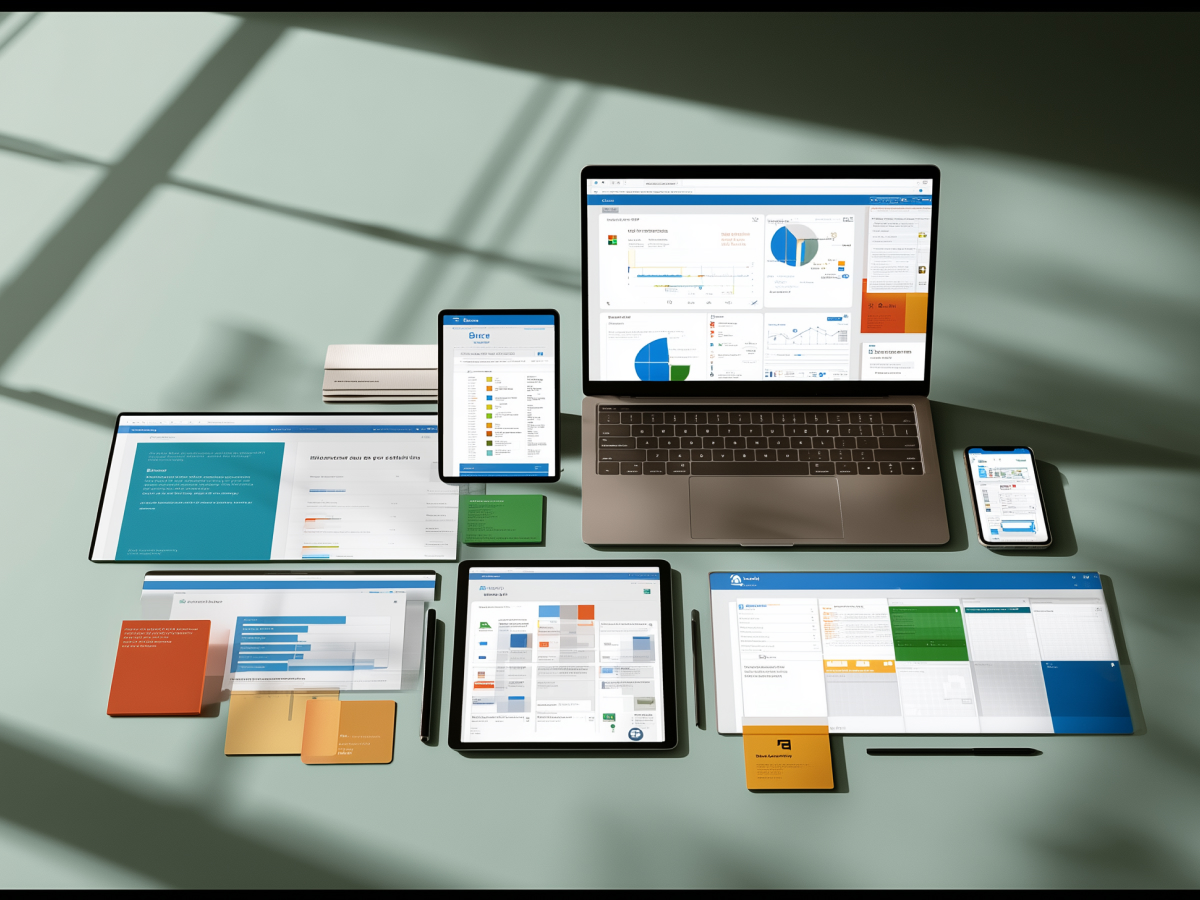Distinct roles of data analysts and data scientists
Data analysts and data scientists are two pillars of a modern, data-driven organization, each with a distinct focus. A data analyst’s primary responsibility is to interpret structured datasets and address well-defined business questions. Their role revolves around answering “what happened?” and “why did it happen?” by creating clear, actionable insights that guide real-time decision-making.
Data scientists focus on exploratory analysis and predictive modeling. They tackle questions like “what will happen?” and “how can we shape that outcome?” by using advanced algorithms and machine learning techniques.
These roles complement one another perfectly. Analysts provide the groundwork with their structured insights, giving businesses a solid understanding of their current state. Scientists take that foundation and create predictive frameworks that help organizations stay ahead of the curve. Together, they make sure businesses benefit from both immediate actionable intelligence and long-term strategic vision.
Core responsibilities of data analysts
Data analysts play a key role in turning raw numbers into actionable insights. They specialize in cleaning, organizing, and interpreting structured data to provide clarity and precision in a business’s decision-making process. Analysts use tools like SQL, Tableau, Power BI, and Excel to identify trends and patterns, so every dataset tells a coherent story. Their primary focus is on answering questions about what has occurred and why, helping businesses react effectively to current challenges and opportunities.
Their deliverables often include detailed dashboards, reports, and presentations that communicate insights in an accessible way for non-technical audiences, such as executives or department heads. Beyond technical skills, analysts need business acumen to align their findings with strategic goals. They work closely with multiple teams across an organization to make sure their insights drive meaningful actions.
Advanced capabilities of data scientists
Data scientists are the visionaries of a data-driven organization. Unlike analysts, their work is not limited to structured datasets or predefined questions. Instead, they dive into both structured and unstructured data, exploring patterns and designing models that predict and influence future outcomes. Using tools like Python, R, and machine learning frameworks such as TensorFlow and PyTorch, data scientists develop solutions that address the speculative and strategic needs of a business.
Cloud platforms like AWS and Google Cloud are integral to their workflows, letting them scale complex modeling tasks efficiently. Data scientists ask forward-looking questions like, “What will happen in the future?” and “How can we achieve a better outcome?” They design algorithms and build AI-driven solutions that help organizations understand uncertainties. This role requires a rare blend of technical expertise, statistical acumen, and creative problem-solving, making data scientists indispensable in shaping long-term strategies.
Collaborative dynamics between analysts and scientists
Effective collaboration between data analysts and data scientists is key for any organization seeking to use its data assets fully. Analysts prepare clean, structured datasets, providing the foundation that data scientists need to create predictive models. Once these models are built, they are handed back to analysts for interpretation and presentation. Analysts make sure that the outputs of these models are accessible and actionable for stakeholders, creating a feedback loop that aligns short-term objectives with long-term projections.
Communication between these roles is invaluable. Data analysts and scientists must operate as a cohesive team, regularly exchanging insights and refining workflows to make sure their outputs drive meaningful business outcomes. Iterative collaboration increases the value of both roles and leads to a holistic approach to data-driven strategy.
Use cases for data analysts vs. data scientists
Data analysts excel in scenarios where understanding the present is key. They track key performance indicators (KPIs) and analyze sales trends to generate periodic reports, helping organizations identify patterns and address immediate challenges. They also evaluate website performance metrics, offering insights that drive marketing and operational strategies.
Data scientists shine in situations requiring foresight and innovation. They create recommendation engines for eCommerce platforms, tailoring user experiences to increase engagement and sales. In the fintech sector, they develop machine learning algorithms to detect fraud and safeguard financial transactions. For SaaS businesses, they predict customer churn, leading to proactive retention strategies. Their work is inherently future-focused, helping organizations anticipate and adapt to emerging trends.
Challenges faced by analysts and scientists
Both data analysts and data scientists face distinct challenges that reflect their roles’ complexities. Analysts must make sure of data quality through consistent cleaning and maintenance, often grappling with data silos spread across various departments. Adapting their insights to align with the shifting goals of a dynamic business environment is another constant challenge.
Data scientists often work with incomplete or unstructured datasets, making data preparation a significant hurdle. Making sure that their models generalize well to real-world applications is another key challenge. Communicating their findings to non-technical stakeholders requires both clarity and finesse, as their results often inform high-level decisions.
Key takeaways
In order to build an effective data team, organizations must align the roles of analysts and scientists with their strategic objectives. Analysts should focus on addressing immediate business needs, while scientists take on predictive tasks that shape long-term strategies. Encouraging collaboration between the two roles is vital, as their synergy drives innovation and ensures cohesive decision-making.
Equipping both roles with the right tools and infrastructure is key. Analysts need comprehensive visualization platforms, while scientists require access to advanced machine learning frameworks and cloud computing resources. When supporting open communication and providing the necessary resources, organizations can get the full potential of their data teams, so they remain agile and competitive.





